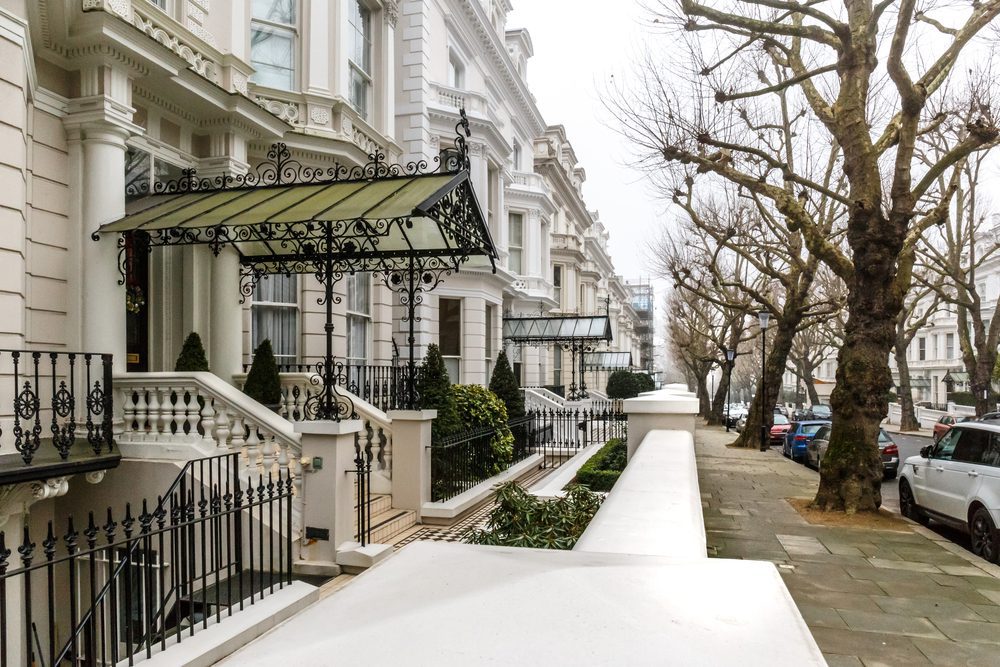
Last month, we unveiled our inaugural Luxury Real Estate 2024 report, which highlights the consistent out-performance of Europe’s luxury property sector. This growth is primarily fuelled by increasing global wealth and the resurgence of international travel post-pandemic.
While the report covers key European luxury markets, we’ve focused on the UK to explore notable findings within the retail, hospitality, and residential sectors.
London’s luxury retail sector has stood out, with rental growth far outpacing the mass market. Prime rents on New Bond Street, often regarded as London’s most prestigious shopping destination, have tripled since 2010, while rents on Sloane Street have more than doubled.
In comparison, prime rents on mass-market retail streets like Oxford Street and Regent Street have seen more modest growth of 12% and 50%, respectively.
This exceptional rental growth and stronger yields have made prime retail properties highly attractive to investors. Tight supply-demand dynamics have even prompted some luxury retailers to adopt own-to-occupy strategies, ensuring long-term presence in key locations while shielding against rising rents.
With the continued emphasis on enhancing in-store experiences that reflect the premium nature of luxury goods, demand for high-end retail space is set to grow further.
London’s hotel market is also benefiting from this positive momentum. In 2023, London welcomed an impressive 15 million overnight visitors, surpassing Paris (12 million) and Milan (just under 5 million). This figure is projected to climb to nearly 20 million by 2028, underlining the enduring allure of London as a destination for global wealth.
Luxury hotels have shown remarkable resilience to inflation, driven by their ability to adjust room rates in response to strong demand. Between 2019 and 2023, London’s hotel market saw average daily rate (ADR) growth of 27%, with the luxury segment achieving an extraordinary 42%.
In terms of pricing, London leads Europe, with one prestigious hotel offering a penthouse suite for approximately €80,000 per night—the highest rate among all cities analysed.
Turning to the luxury residential sector, London continues dominating Europe’s most mature and expensive high-end housing market. The city is home to approximately 230,000 millionaires, drawn by its world-class private schools, renowned healthcare, and status as Europe’s financial capital.
These attributes have shaped pricing in the luxury market, which we categorise into three tiers: Luxury, Ultra-Luxury, and Exceptional.
Our data reveals that London’s luxury residential market commands an average price of €30,000 per square meter, rivalling Monaco, New York City, and Hong Kong SAR.
This is notably higher than in other European cities, such as Paris, where the average price is €23,000 per square meter. London’s wealthiest boroughs—Kensington, Chelsea, and Westminster—account for 77% of all luxury transactions, a share that has remained stable since 2019, underscoring the enduring appeal of these exclusive neighbourhoods.
Looking ahead, the luxury market in London is expected to maintain momentum, driven by demographic shifts and the continued rise in high-net-worth individuals (HNWIs).
The branded residences segment, in particular, is poised for growth, with affluent buyers willing to pay premiums of €30,000 to €100,000 per square meter for the prestige of owning a home tied to a luxury brand.
As demand continues to outstrip supply, particularly in London’s most coveted areas, luxury residential prices will likely rise further. Combined with improving economic conditions and a growing pool of affluent investors, London’s luxury real estate market is well-positioned for sustained success in the years to come.
